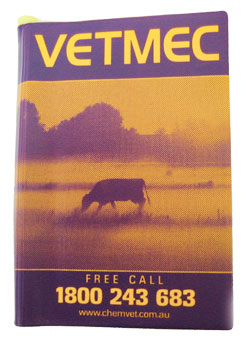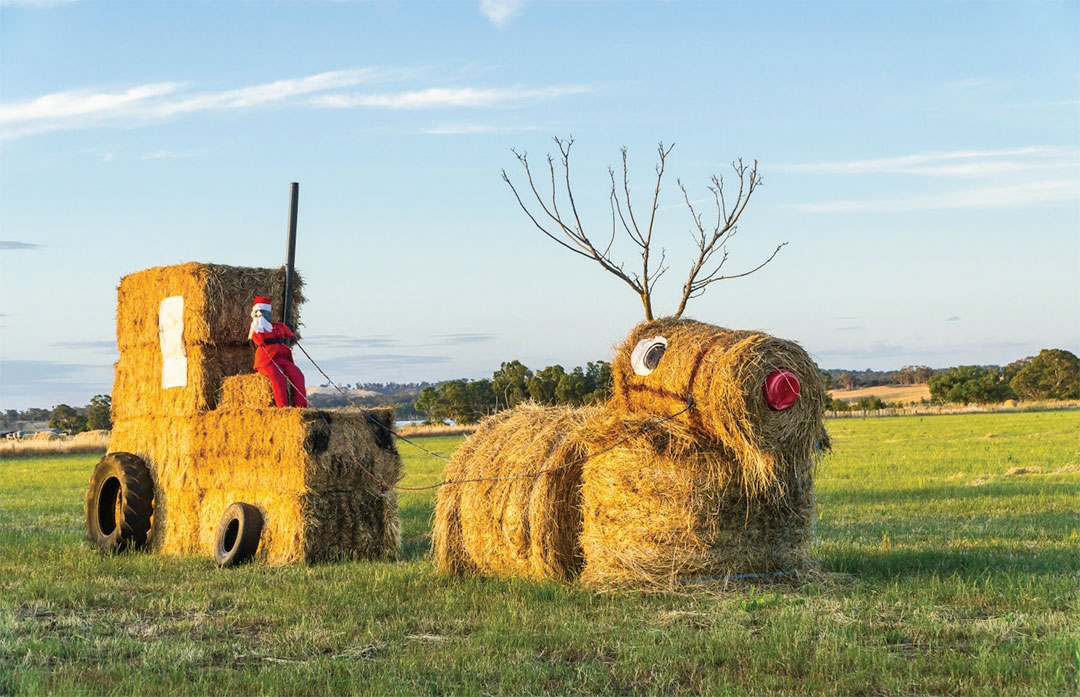
Dear Clients
2018 has been a trying year with failed or difficult seasons across most areas. For many clients, it has been the second tough year in a row!
Over the page I have included a short section on a practical way of working out supplementary feeding rates for sheep and cattle Hopefully 2019 is going to be the year seasonal conditions across all pastoral areas return to normal.
One thing for sure is, if we get good summer rains up north and a reasonable autumn break across southern areas then stock prices are going to hit record highs.
However, despite the low Aussie dollar, the feedlot and processing sectors are going to face tough trading conditions due to high grain and feed prices brought about by a diminished harvest. How this impacts stock prices, only time will tell.
Best wishes for Xmas and a happy and safe New Year
Murray and the Team at Chemvet
![]()
NLIS and Management tag Orders over Xmas
Our normally highly efficient ordering and freighting of tag orders can be disrupted due to a short office closure by Datamars/Zeetags, as well as some transport disruption over the Xmas/New Year break. For those wanting to tag cattle towards the end of the month or over the holiday period, please get your orders in early in December rather than later in the month.
The Chemvet office, however, will be manned on all working days throughout the Xmas and New Year period. The phones are always switched through to one of our mobiles after hours, during the weekend or on public holidays so we are always available to process an order or to give advice. We also receive an alert when any orders are placed over the Internet so these are attended to 24/7 as well. So no matter what day or time of day it is over the break, if you have a query or an order, don’t hesitate to give us a call and someone will be available to help.
![]()
Christmas Gift
Each Xmas we send out a gift to our clients who have purchased from us throughout the year. For all of those who have purchased this year, your 2019-21 edition notebook is included with this newsletter. If you haven’t received one or want extras just give us a call or mention same when you order next and we will send one out to you By the way, we have two cartons left over of the handy Tag/Hayband multi cutter that we sent out to clients a couple of years ago. If you want one or two put in with your next order just mention it during the order. First in first served!
![]()
Note from Accounts
An increasingly large percentage of clients are now by choice receiving their invoices by email. This is very efficient and, for those clients for whom we have email and mobile phone no’s on record, an added benefit is they receive automatic email or text updates from Australia Post. If you are currently receiving invoices by mail and would rather get them by email, simply mention it at the time of order and provide us with your email address. Note we are still just as happy to continue sending invoices by mail for those who prefer this method!
Also the majority of clients now pay their accounts by EFT direct through the banking system. Again this is very efficient, however when making payment this way please ensure that you include a reference (invoice number preferably or at least surname) at the time of payment so accounts can match the payment with your invoice – makes things heaps easier our end!
![]()
 Chemvet People
Chemvet People
Over the last couple of years Chemvet has been extremely fortunate to have received the services of Geelong based consulting chemist Dr Arpad Phillip to assist our Research & Development Program.
Arpad is a highly qualified and extremely experienced molecular and formulation Chemist. In addition to his extensive academic knowledge and qualifications, including a PhD from Sydney University, he has considerable expertise and experience in the chemistry of micronutrients in both the agricultural and horticultural sectors.
Murray is enjoying working with Arpad immensely and hopefully together they are able to bring to Chemvet a novel animal health product in coming years – watch this space…
![]()
Join the mob
Join the ever increasing group of Chemvet’s producer clients who are using the ‘two active approach’ as a way of making sure resistant parasites/worms don’t get a hold in your herd. The ‘Mectins have been around for a fair time and are generally working well BUT WE WANT TO KEEP IT THAT WAY.
This weaning, for a complete ‘clean out’ of weaner cattle as well as good solid assistance in the prevention of resistance to your ‘mectin drench use Vetmec LEV at the same time as you use Vetmec Pour-on or Vetmec injection.
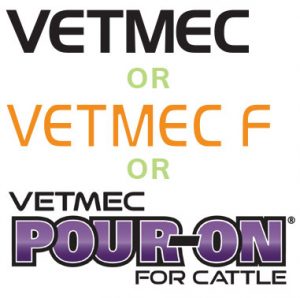 |
 |
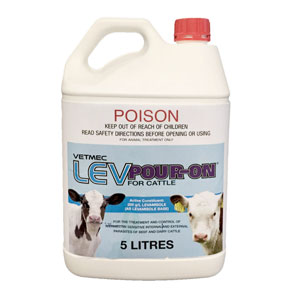 |
 |
 |
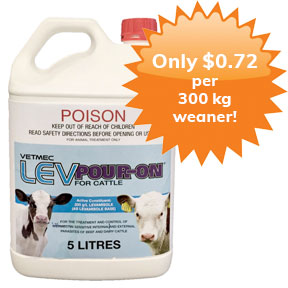 |
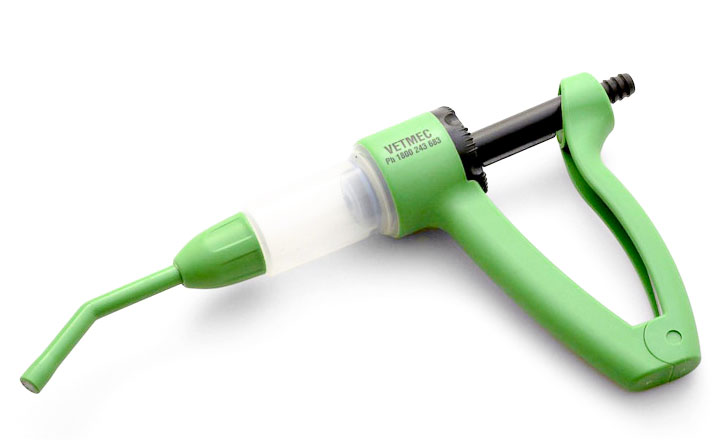
Summer Special Buy 2 or more Vetmec LEV Pour-on (5L) before January 31st 2019, and receive a FREE gun (worth $45)! |
|||
 Sheep News
Sheep News
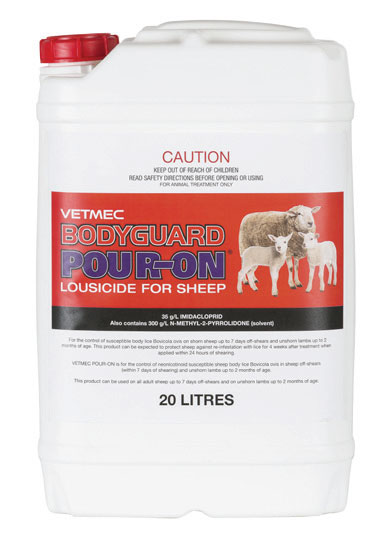 Bodyguard
Bodyguard
Many thanks to those who have supported so well the launch of our pour-on lousicide Bodyguard. A follow up call to all those who have used the product has shown all clients have been very satisfied with the product and applicator. We have just completed our second production run and have plenty of stock on hand again.
$340.00 + GST
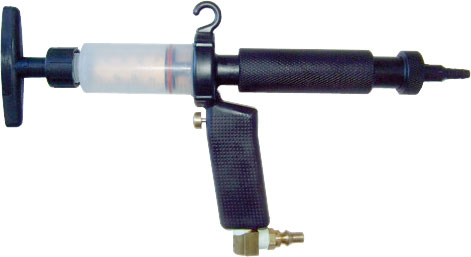 Power Doser
Power Doser
We now have in stock a power doser that has been proven to work well with Bodyguard. Australian made and the ideal accessory for those with large mobs of sheep to treat. This doser is powered by a BBQ gas cylinder and comes complete with a 5M hose allowing whole races of sheep to be quickly and efficiently treated with minimal effort.
$575.00 + GST
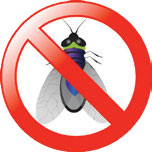 ‘Clik like’™ product – Our Sheep Blowfy Treatment
‘Clik like’™ product – Our Sheep Blowfy Treatment
We are very happy to announce that Chemvet will soon be able to offer product very similar to Clik with a launch scheduled for the coming months.
![]()
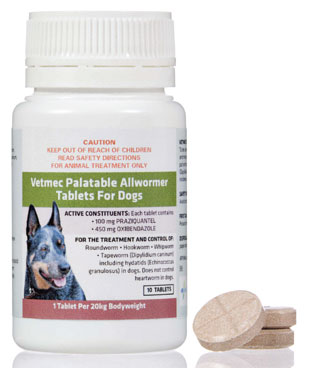
Dog Worming Tablets
Give your hard working mates a Xmas treat. Add a pack of our now famous palatable Vetmec Dog Allwormer with your next order. 10 pack (treats 10 working dogs) only $30 + GST and of course freight free when ordering with other animal health products
![]()
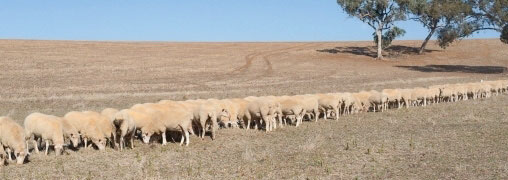 Drought & Supplementary Feeding
Drought & Supplementary Feeding
Much assistance and advice is available to producers with regards to drought feeding of sheep and cattle. However, sometimes this advice is overwhelmingly technical, complicated and difficult to interpret.
Over many years in Veterinary practice and livestock management I found the following method – simply based on a percentage of live-weight – worked really well when giving advice to clients.
Your sheep or cattle require daily, as a percentage of live-weight, the following amount of feed (on a dry matter basis) for the following levels of performance.
| Liveweight x 1% DM required as a short term survival ration |
| Liveweight x 2% DM required for long term survival with nil or slow weight loss |
| Liveweight x 3% DM required for maintenance in lactating stock or moderate weight gain in dry stock |
| Liveweight x 4% DM required for good weight gain in dry stock or performance in the lactating stock |
Note this method does not take into account feed quality (available energy x digestibility x %protein) – little about this at the end – however it assumes feed of average quality
For example..
You calculate a mob of 100 weaner cattle weigh on average 200Kg.
You only want them to hold weight or maybe slowly lose some weight. You calculate that they are getting from the paddock say 10% of their feed requirement
You calculate the hay you are about to feed them is 85% dry matter (the average for hay) (say 45% for silage)
Therefore this mob would require:
100 x 200Kg = 20000 Kg liveweight requiring 2% daily = 400 Kg DM per day. The hay is only 85% DM so this would require 470 Kg of hay per day. Assuming 10% of this is from available paddock feed they will still require 423 Kg of hay per day. An average 5 x4 round bale of hay is 350 Kg therefor this mob would require approx. 1.25 bales per day (8 – 9 Bales per week) for this level of performance (maintenance or slow weight loss).
One can then make some assumptions re feed quality and make some simple adjustments accordingly. For instance, if the hay is of poor quality you can assume low digestibility and low protein levels therefore some extra feed with high protein levels should be added such as some cotton seed meal or Lucerne hay for example. Remember that for the bugs in the rumen to remain healthy and retain the ability to breakdown roughage they require a certain level of protein in the feed. Say with the above example you could feed 6 bales of lower quality hay and add 2-3 bales of higher quality hay per week
We could fill the newsletter and more with the finer points of sheep and cattle nutrition with such things as mineral and trace element requirements however I have found that the above method is a very good one when you require a quick answer to the amount of feed required daily by a mob of sheep or cattle. Often you get the answer you don’t want to get and this means that you have to re-think your feeding strategy!
![]()

